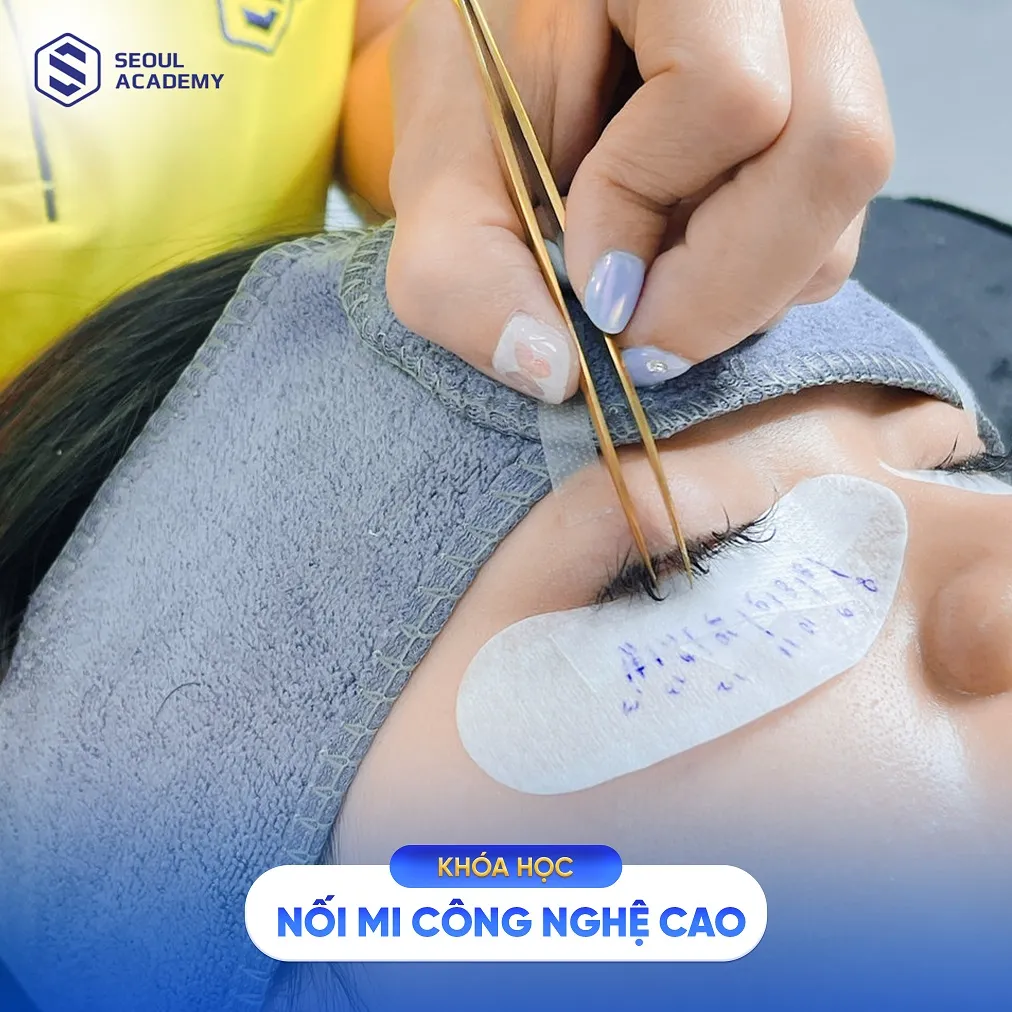- Default
- Bigger
1 cup equals how many grams is a problem that is being raised for those who are just starting to learn how to mix and match. Learning how to convert these quantities makes mixing and cooking easier than ever. It is necessary to spend time studying to understand these conversion formulas.
What is a Cup? What is a Gram?
Many people still often confuse the concept between cup and gram and think it is not too important. However, each type will have a different characteristic that will suit each purpose of each job.
What is a cup?
Cup is a measuring tool commonly used in mixing and cooking. 1 cup can be roughly understood as a cup or a bowl. People often use this unit of measurement to more accurately determine the amount of ingredients needed. You also need to know how many grams 1 cup is to have an accurate conversion when reading baking books/instructions.

Cup is a widely used unit all over the world. Depending on the needs of use, there are many different types of cups in terms of size. In Vietnam, cups, spoons, bowls, etc. are all widely used tools by the majority of people.
What is Gram?
Similar to cups, grams are also a commonly used unit of measurement. However, there is a very clear difference between the two. That is, grams are fixed and will be used worldwide.

Conversion table of cups to grams, ml
Although they have the same purpose of measuring in mixing and cooking, cups cause difficulty for users in determining specific volumes. Depending on different ingredients, there will be differences in conversion data.
Conversion table between cups and grams
How many grams 1 cup of flour is equal to depends on what type of flour you are using. Due to the difference in density, the conversion between raw materials will have a certain difference. Specifically, you can compare with the following table to visualize:
| Raw material type | Convert from cup to gram (gram) |
| White diameter | 200 grams |
| Powdered sugar | 160 grams |
| Round grain sticky rice | 200 grams |
| Green bean | 200 grams |
| All purpose flour | 160 grams |
| Corn flour | 125 grams |
| Milk powder | 245 grams |
| Condensed cream | 235 grams |
Conversion table between cups, spoons and ml
Often many people wonder how many ml is 1 cup? To know exactly, you can refer to the conversion table from cup to spoon and ml:
| Cup | Equivalent number of tablespoons | Equivalent number of teaspoons | Corresponding Ml Number | Corresponding Gram Number |
| 1 cup | 16 spoons | 48 spoons | 240ml | 125gr |
| 3/4 cup | 12 spoons | 36 spoons | 180ml | 93gr |
| 2/3 cup | 11 spoons | 32 spoons | 160ml | 83gr |
| 1/2 cup | 8 spoons | 24 spoons | 120ml | 62gr |
| 1/3 cup | 5 spoons | 16 spoons | 80ml | 42gr |
| 1/4 cup | 4 tablespoons | 12 spoons | 60ml | 31gr |
Through the conversion table can be determined 1 cup = 240 ml = 16 Tablespoon = 20 Desertspoon = 48 Teaspoon.
Learn more: How many grams in 1 teaspoon?
Conversion table between degrees C and degrees F
| Degrees Celsius | Degrees F |
| 38 degrees Celsius | 100 Degrees F |
| 65 degrees C | 150 Degrees F |
| 93 degrees C | 200 Degrees F |
| 107 degrees C | 225 Degrees F |
| 120 degrees C | 250 Degrees F |
| 135 degrees C | 275 Degrees F |
| 150 degrees C | 300 Degrees F |
| 160 degrees C | 325 Degrees F |
| 180 degrees C | 350 Degrees F |
| 190 degrees C | 375 Degrees F |
| 205 degrees C | 400 Degrees F |
| 220 degrees C | 425 Degrees F |
| 235 degrees C | 450 Degrees F |
| 245 degrees C | 475 Degrees F |
| 260 degrees C | 500 Degrees F |
Other units of measurement in mixing and cooking
Apart from cups and grams which are the two commonly used units, there are many other units that people are probably still quite vague about. However, these units are only necessary for those who want to delve into the professional fields of bartending.
- Kilogram (kg): Is a larger unit than gram. 1kg is equivalent to 1000 grams. This unit is widely used in daily life. Especially in cooking, helping to accurately measure the amount of ingredients needed.
- Milliliter (ml): Is a small unit of measurement for volume. Often used to measure liquid products in cooking. Most suitable for measuring oil, milk, spices and other additives.
- Liter (l): This is also a unit of measurement of capacity, but with a larger amount. 1l is equivalent to 1000ml. Suitable for measuring water, milk, cooking oil, etc.
- Teaspoon, Dessert Spoon, Tablespoon: mean coffee spoon, rice spoon, tablespoon respectively. They are used quite commonly in processing and cooking around the world. Applied in the stages of seasoning salt, spices or liquids such as oil, lemon juice, ...
- Degree Celsius (degree C): is the unit used to measure the temperature of food or other ingredients. Vietnam often uses the degree C unit of measurement while the world prefers to use the degree F.

Notes when applying the measurement system in mixing and cooking
There are many different units of measurement today, each with its own unique characteristics. Therefore, when cooking and mixing, you need to pay attention to many points to avoid causing unnecessary confusion.
- It is necessary to clearly understand what recipe each dish requires, from which to make a more appropriate choice.
- Understand the conversion rules between units of measurement to use when necessary.
- Understand the properties of each quantity of substance to make more accurate conversions.
- When using tools, they need to be straight, not tilted, leading to inaccurate data.
- Flexibly convert between units to optimize time.
- Need to know how to flexibly use the amount of substance and reduce dependence on tools

Above is the information to answer the question 1 cup equals how many grams. Hope everyone will understand how to convert cups of cooking ingredients to grams as well as other units of measurement. Also, don't forget to refer to many recipes to further improve your skills.































































